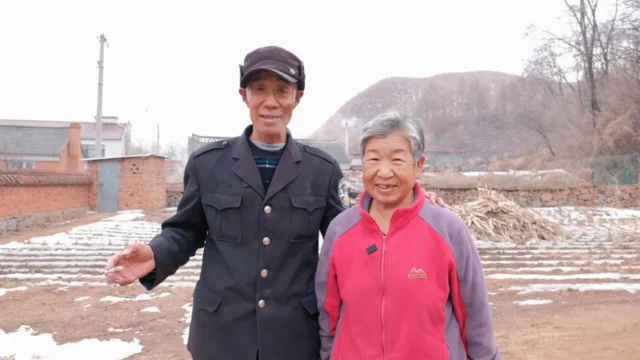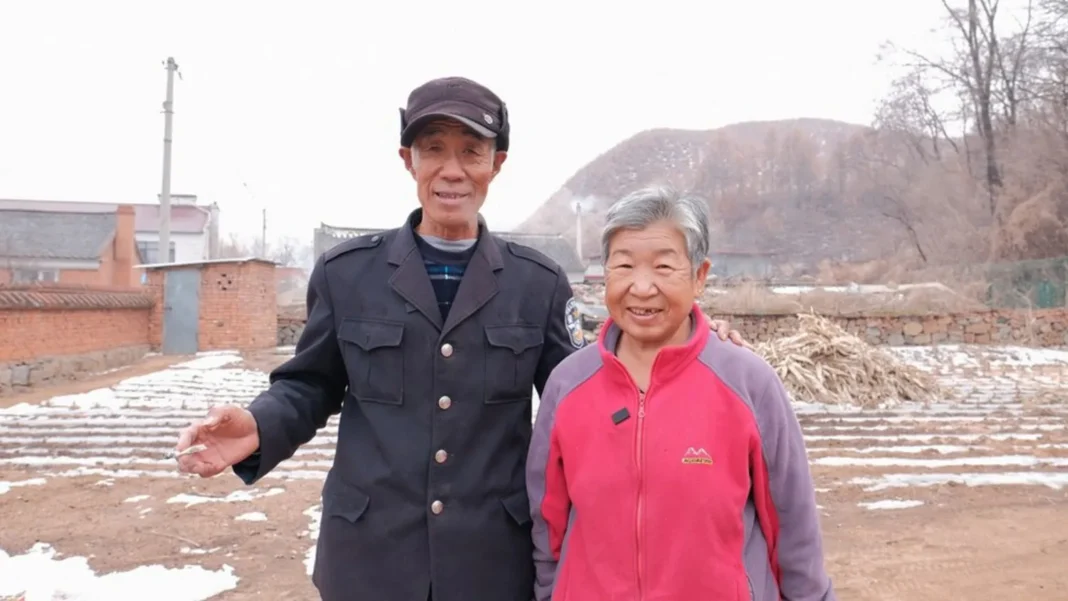In response to mounting demographic challenges, China is taking significant steps to address its growing crisis. The country has recently seen the closure of 20,000 preschools and an increase in the retirement age, measures that reflect the urgent need to tackle its demographic imbalance.
The Demographic Dilemma
China’s demographic crisis has been building for years, exacerbated by a declining birth rate and an aging population. The country’s one-child policy, which was in place for decades, has had long-lasting effects, leading to a shrinking workforce and increased pressure on social services.
To combat these issues, the Chinese government is implementing policies aimed at both encouraging higher birth rates and managing the aging population. The recent closure of 20,000 preschools highlights the declining number of young children and the resulting strain on early childhood education infrastructure.

Pic Credit: Lan Pan/ BBC
Raising the Retirement Age
In a bid to alleviate the financial burden on the pension system and extend the working age of the population, China is also raising the retirement age. This policy change is designed to keep older individuals in the workforce longer, helping to balance the demographic scales and mitigate the impact of a smaller working-age population.
Impact and Future Outlook
The closure of preschools and the adjustment in retirement age are just the beginning of China’s efforts to address its demographic challenges. The effects of these policies will unfold over time, with potential impacts on the economy, social structures, and family dynamics.
Experts suggest that while these measures may offer some relief, they are part of a broader set of strategies needed to address the demographic imbalance. These might include further policy adjustments, social support enhancements, and economic reforms aimed at fostering a more sustainable population structure.
Conclusion
China’s demographic crisis presents a complex challenge that requires multifaceted solutions. The recent measures to shut preschools and raise the retirement age reflect the country’s urgent need to adapt to changing demographic realities. As China navigates these challenges, ongoing adjustments and comprehensive strategies will be crucial in shaping the future.




